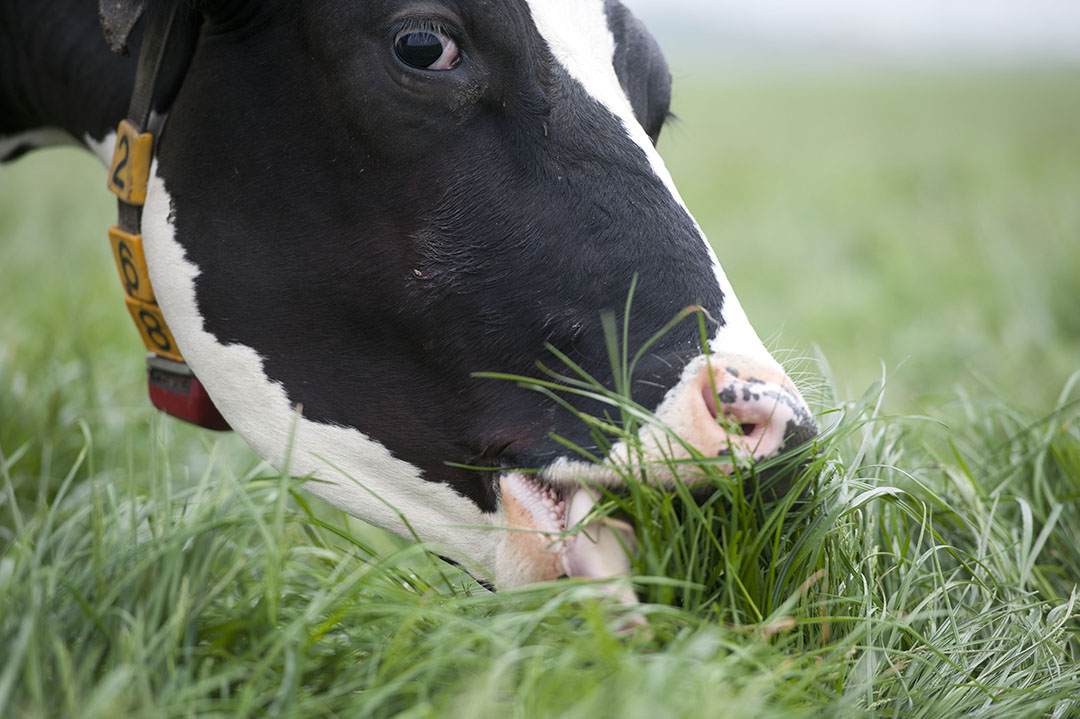What determines the bite mass of cows?

The bite depth, bite area and bite volume are important data points to improve pasture management and feed intake in ruminants.
Ensuring a high feed intake in dairy cows is an important topic to make sure the high-performing animal ingests enough energy and protein for maintenance and production.
Measuring feed intake during grazing
For grazing animals, the uptake of forages like grass is difficult to measure. For this and overall useful for practical pasture management, the bite mass (BM) has been developed as a main parameter determining intake, production level and efficiency for grazing ruminants. Bite mass is classically considered as the central variable of feeding behaviour in determining the dry matter intake by grazing ruminants and used in models for preducting forage uptake and performance. The main components of BM for grazing ruminants are bite depth, bite area and bite volume. Although many studies have been done, still some knowledge gaps exists on what the main determinants of BM are. For example: what is the effect of sward length on BM. To progress on this topic, researchers from INRA performed a meta-analysis of a large set of 96 publications (776 treatments), published between 1992 and 2017.
Sward height and bodyweight effects
The French researchers wanted to know if there is a link between the main components of BM for grazing ruminants (i.e. bite depth, bite area, bite diameter and bite volume) and their main determinants, namely the characteristics of the sward (sward height, herbage bulk density and herbage mass) and of the animals (bodyweight, breed, sex, age). The researchers found that sward height (SH) is a key factor of BM through its strong and almost linear influence on bite depth (BD) and bite volume (BV). The effect was less for herbage mass/ha. Herbage bulk density (HBD) is also an influencing factor, notably at low HBD. Among the animal factors considered, body weight was the most important factor of bite mass variation, as already stressed in previous publications. The Incisor Arcade is another important animal factor for both bite diameter and bite mass.
Integrating equations in models
The researchers conclude that this analysis of the various factors of variation in bite mass and its components facilitates the understanding of the adaptive strategies of the animals. The researchers conclude by saying that the current challenge is now to develop a mechanistic model based on most of the equations proposed in this quantitative analysis by integrating effects of sward and of animal characteristics on ingestive behaviour.











